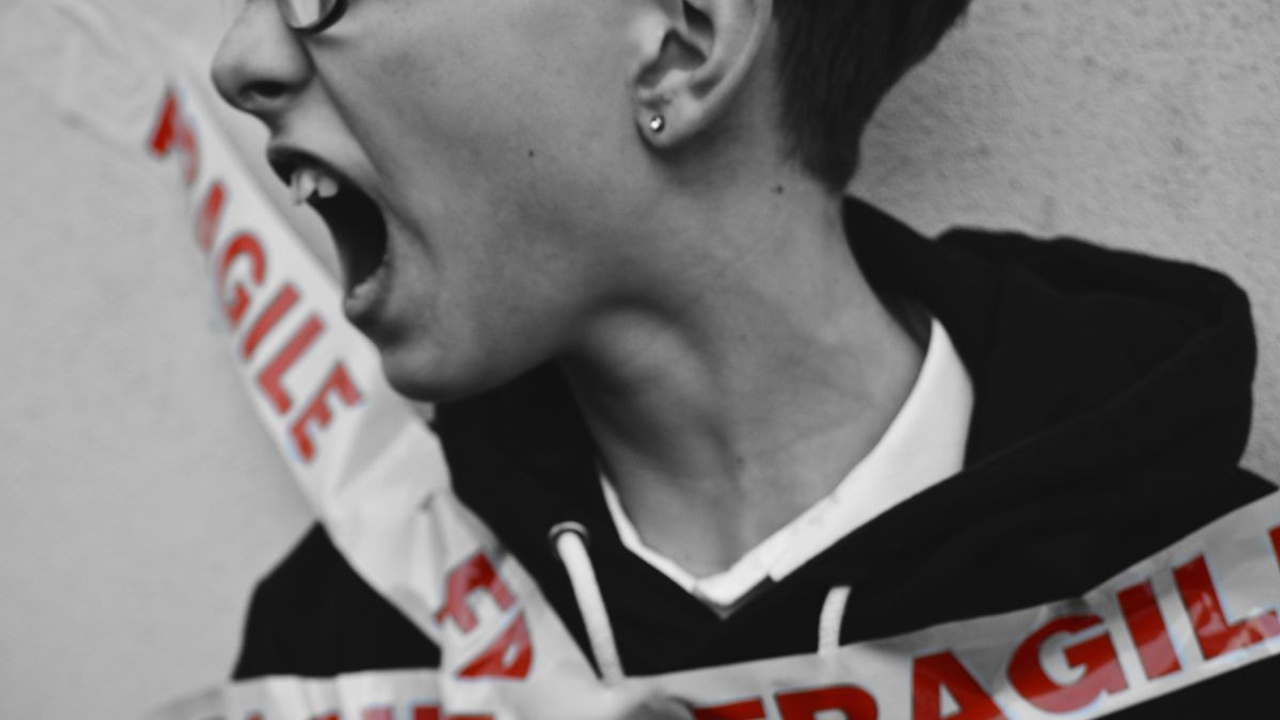
A SELF-STUDY IN CATASTROPHIZING
Jan 31, 2018A testament to the importance and the impressive power that the humanistic component of clinical practice has in the treatment of acute and chronic pain.
Let's be clear: Catastrophizing is not a word.
That doesn't stop us from doing it. We all catastrophize when we experience pain or fear.
Even me.
I've been studying the phenomena of the "catastrophe response" as it pertains to the science of pain for the last five years. I coach clients down from panic-pain when they come to see me for their back pain. I know all about the limbic brain and pain and how we quickly become over-sensitized to nociceptive sensory input yet....and yet...there I was, a crumpled mess in front of a snow blower on Killington Mountain. My left leg which failed release from the ski binding, was planted and awkwardly tangled uphill, while I lay, in pain, head pointed downhill waiting for my heroic husband who was frantically side-stepping up the slope to untangle me. When he got to me, all I could say was, "This is bad, really bad". He couldn't see my eyes through my mirrored goggles but I was already in full-on fear and panic mode.
In the minute or two from when I heard the pop to when I righted myself to assess the damage, my old 1980's neuro-emotional synapses came roaring back. Quickly and efficiently, I had already surmised that I tore a ligament. On the heels of that conclusion, my nervous system took "flight". Like a high-speed calculator, my mind raced through all the things I had been avoiding for three-quarters of my life: That I would need immediate emergency reconstructive knee surgery for finally tearing my ACL. From there, I continued to follow the fear flow, realizing that our health insurance is currently the worst we've ever had, and I also dreaded that I would lose my first quarter teaching opportunities. A short panic of financial freak-out ensued. Basically, in those next few moments I speed-dated every fear and concern I had been living with since my teens.
Having crashed in front of a snow blower in zero degree weather, I needed to get a grip and figure out what to do next.
I gingerly tested things out and found that by bracing I could stand almost full weight on the leg while flexing without pain, so I clipped in to the binding again and I skied the rest of the way down the mountain. We now know that I skied down with no anterior cruciate and a newly-torn posterior cruciate ligament.
We'll call that Shock Skiing.
In the hours that followed I transitioned from a limbic flight response to limbic freeze response, unable to eat or speak. I felt semi-catatonic until I could sleep it off. That first week my emotions swirled from shock to fear to pity to anger to regret to grief. More than anything I was pissed at myself for being so stupid. Self-blame was definitely the big winner.
I navigated our crappy insurance, I wrapped the knee, I borrowed crutches from my friend, Elizabeth and I limped along. I did my self-care, anti-inflammatory basics until my orthopedist and a qualified physical therapist each picked me up out of my pity party.
The remainder of this story is testament to the importance and the impressive power that the humanistic component of clinical practice has in the treatment of acute and chronic pain.
My orthopedists, Doctors Seidman and Sugarman, reassured me of the following:
- Despite me not having an ACL for 30+ they were impressed I was so active and pain-free
- They were thrilled (and a little surprised) that my no-ACL knee showed no signs of wear and tear or arthritis
- Given my knowledge, experience and previous recovery success, they were confident I'd have great results with physical therapy for the new PCL tear
- They reminded me the PCL heals well. This was a green light for me. If something heals well, I know how to help it heal well.
My initial physical therapist, Daniella, at Performance PT on the Upper West Side took one look at my limping gait when I went to see her on Day 10 and said, "Why are you walking like that?"
That was the end of my catastrophe.
That was a blaring starting-gun cue to buck up, get moving, strengthening and healing.
It's fascinating that even though I know better I still I fell victim, swallowed up by my own well-grooved, pre-programmed pain neuromatrix.
Big gratitude to all of the professionals incorporating positive biopsychosocial encouragement in their clinical assessment practices.
If you want to read a this month's brand-spanking new article on this messy subject, check out Mick Thacker's comments about needing a New Model for Pain from the Physiotherapy Pain Association (PPA) event on January 26th, 2018
Hop over to read up on my INGREDIENTS FOR RECOVERY SOUP (not really "soup" more just a catchy title for recovery protocols).
The body is indeed a fascinating thing.
Thanks so much for reading along. I'd love to hear your comments, experiences or observations.
Yours truly,
Dinneen

